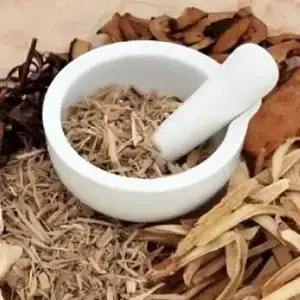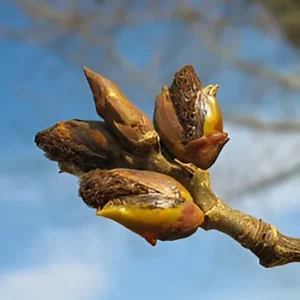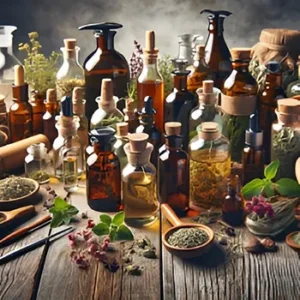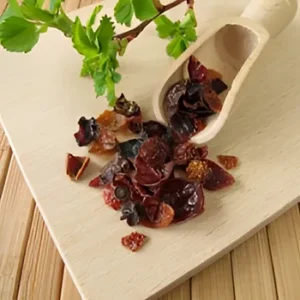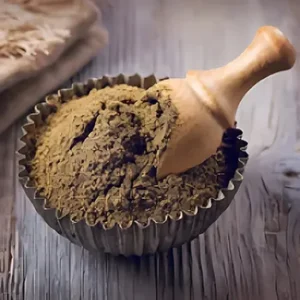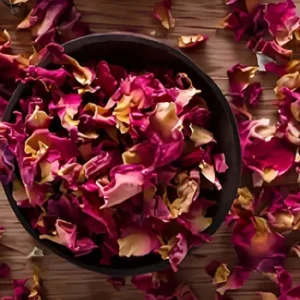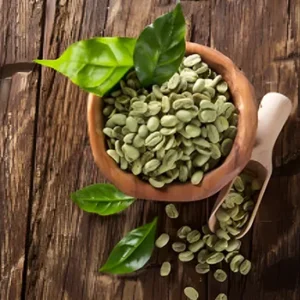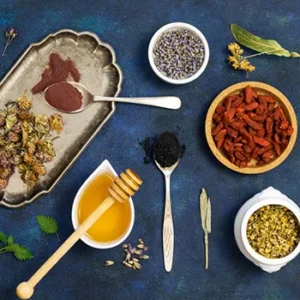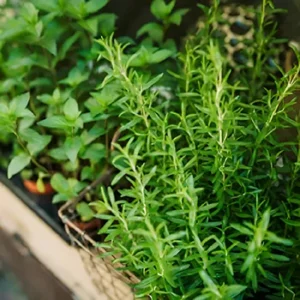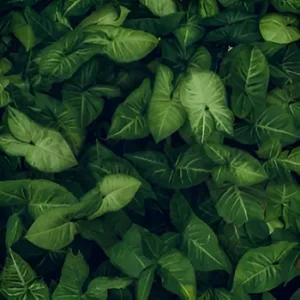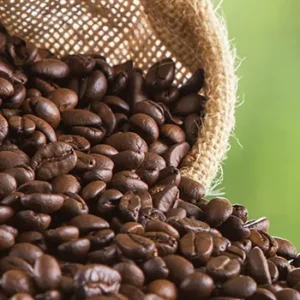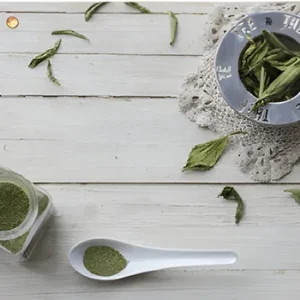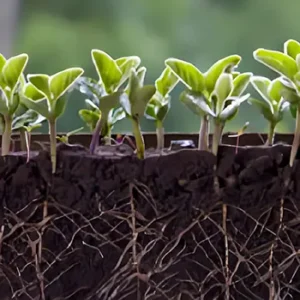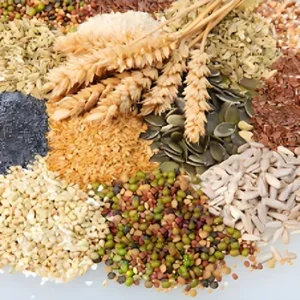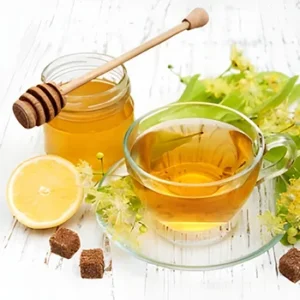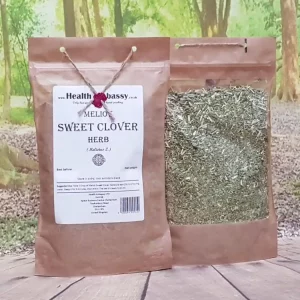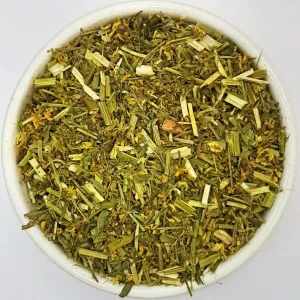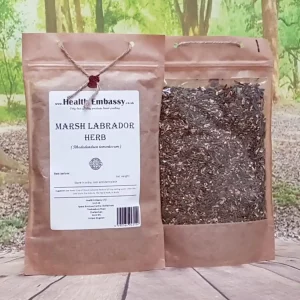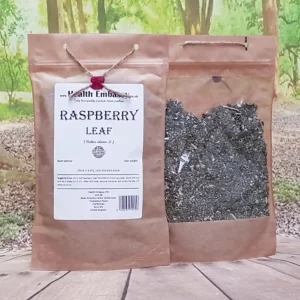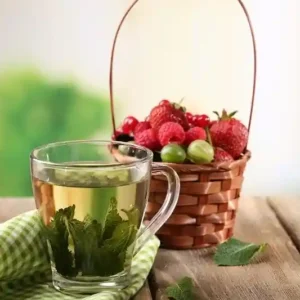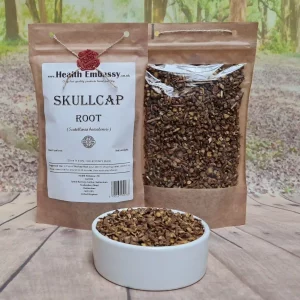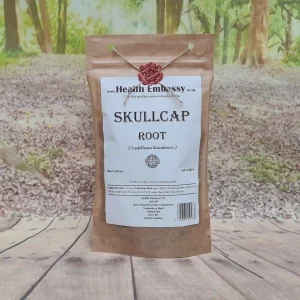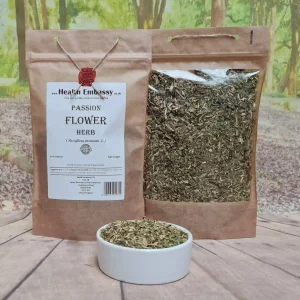Herbs in history
From Celtic Roots to Roman Gardens (up to 1st century CE)
The earliest traces of aromatic and dye plants on the British Isles date back to Iron-Age Celtic hillforts. When the Romans arrived, they brought their domesticated gardening practices, establishing household plots that introduced lavender, rosemary and sage. These plants infused cuisine, craft and ritual, laying the bedrock of later herbal tradition.
Monastic Herbals and Medieval Symbolism (6th – 15th centuries)
Benedictine abbeys maintained “infirmary gardens” – specialised plots beside their hospitia. Monks catalogued plants while translating Latin and Arabic botanical texts. Herbs were set out in geometric beds, and their names and aromas became woven into Christian symbolism (for example, rue as a sign of protection).
Tudor “Kitchen Physic” (16th – 17th centuries)
During the Tudor era, botanical knowledge migrated from cloisters to manor houses. Noblewomen kept “still rooms” where oils and hydrosols were distilled, and garden “knot” designs blended scent with ornamentation. Printed herbals became fashionable reading, turning herbal lore into a courtly talking-point.
Culpeper’s Printing Revolution (1653)
With The Complete Herbal, Nicholas Culpeper opened up botanical knowledge to ordinary English speakers, publishing in the vernacular at an accessible price. His bold move challenged the monopoly of physicians’ colleges and democratised horticultural culture.
Victorian Fascination and the Cottage Garden (19th century)
The Victorian age witnessed a renaissance of botanical collecting. A well-kept lawn served as a backdrop to thyme-edged parterres, while plants from hyssop to marjoram flourished in nostalgic cottage gardens. Nursery catalogues paired Latin names with sentimental descriptions of fragrance and colour.
Wartime Years: County Herb Committees (1941 – 1945)
Shortages of imported medicines during the Second World War spurred the Ministry of Health to organise a nationwide plant-gathering initiative. Seventy local committees, supported by Kew Gardens, coordinated the drying of nettle, foxglove and other species in scout huts, schools and village halls. Although practical in intent, the scheme deepened Britain’s bond with its native flora.
Contemporary Revival and Ethical Foraging (21st century)
Today, in an era of conscious consumption, herbal traditions merge with sustainable gardening and local craft. Community plots re-establish heritage varieties, and plant-identification courses promote responsibility towards nature.

